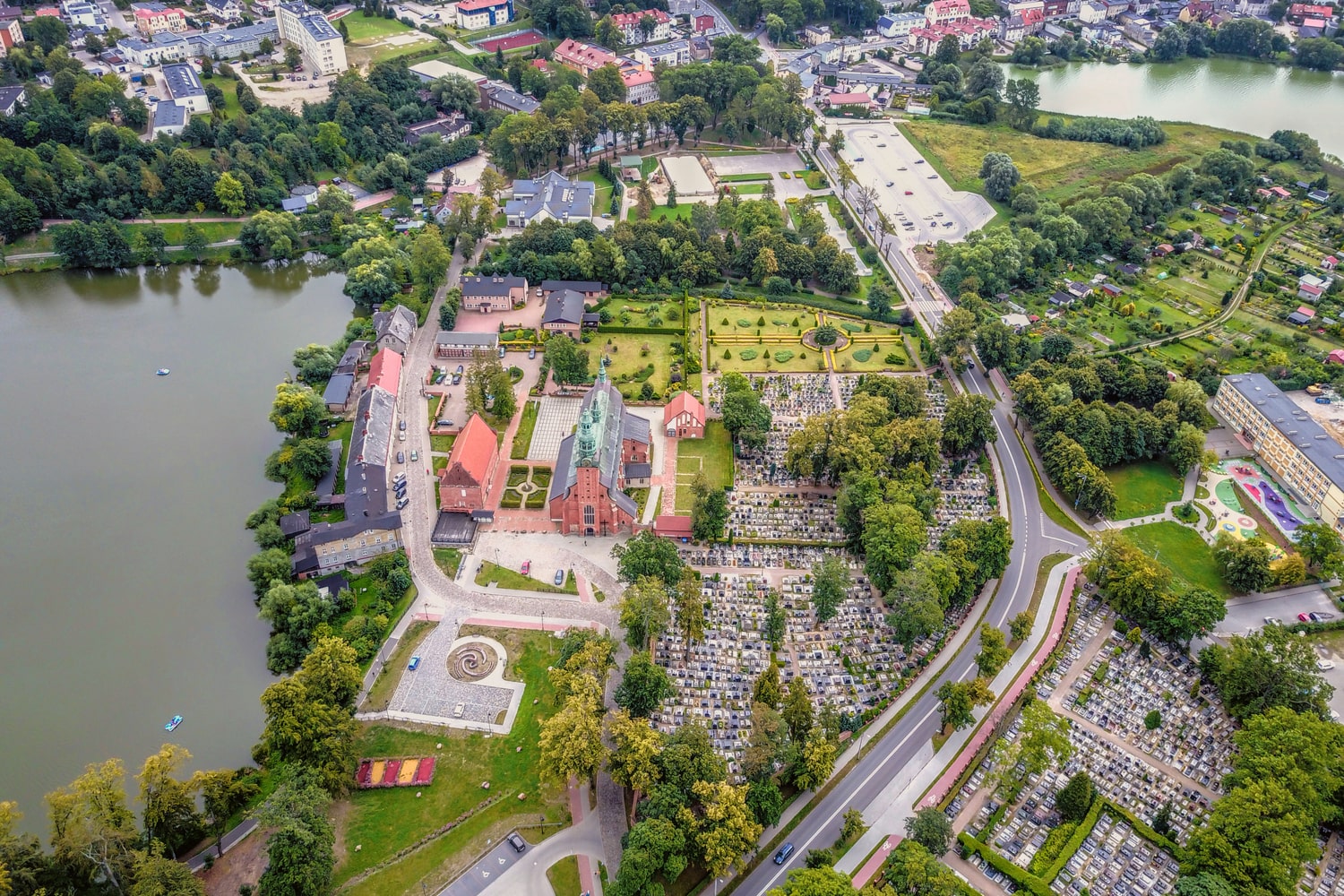Kashubia is a region in northern Poland that stands out for its unique culture, language, and traditions. Its inhabitants, the Kashubians, have preserved their identity for centuries despite numerous historical changes and the influence of neighboring nations. Kashubia is famous for its picturesque landscapes, forests, lakes, and access to the Baltic Sea. The region’s cultural heritage includes language, folklore, folk music, and traditional crafts. Below you will find interesting facts about Kashubia that you might not know.
- Kashubia is the homeland of one of the smallest Slavic nations in Europe. The Kashubians have preserved their own language, which holds official regional status in Poland. Although it is close to Polish, the Kashubian language has its own grammar, vocabulary, and pronunciation. Some linguists consider it a separate language, while others view it as a dialect of Polish.
- The Kashubian language is taught in schools across the region. In 2005 it was granted the status of a regional language in Poland, allowing its use in official local documents. This was an important step in protecting linguistic heritage. Today tens of thousands of people speak Kashubian.
- Kashubian culture is rich in folklore traditions. Folk songs, legends, and tales were passed down from generation to generation. They reflect the worldview and spirituality of the people. Ancient rituals linked to fishing and agriculture are still preserved today.
- One of the symbols of Kashubia is traditional embroidery. Its patterns feature flowers, leaves, and geometric ornaments. The main colors are blue, green, red, black, and yellow, each carrying symbolic meaning. This embroidery has become recognizable throughout Poland.
- Kashubia is known for its distinctive cuisine. Popular dishes include fish, especially herring, cod, and eel. A traditional meal is Kashubian dumplings made of potatoes and flour. Honey cakes and fruit liqueurs are also widely enjoyed.
- The region is famous for its scenic lakes. The largest is Lake Wdzydze, a popular destination for leisure and water sports. The lakes are surrounded by forests, creating ideal conditions for tourism. Kashubia attracts nature lovers from all over Poland.
- Kashubia has access to the Baltic Sea. Among the most popular resorts are Wejherowo and the Hel Peninsula. Visitors can admire sandy dunes and beautiful beaches. The seacoast plays an important role in the economy and culture of the region.
- In Kashubia there is the Museum of Kashubian Culture in Wejherowo. It preserves unique exhibits connected to the history and everyday life of the locals. Visitors can see traditional costumes, handicrafts, and musical instruments. The museum is a key institution for safeguarding heritage.
- The Kashubians have their own legends about their origins. According to one tale, when God distributed land among the nations, the Kashubians received the most beautiful land with lakes, forests, and the sea. This legend symbolizes the people’s love for their homeland. It is passed down to children as part of cultural identity.
- Kashubian music has distinctive features. Traditional instruments such as fiddles, bagpipes, and accordions are used. Folk melodies are known for their rhythm and energy. Today Kashubian ensembles perform not only in Poland but also abroad.
- The region has preserved old wedding customs. Ceremonies are accompanied by songs, dances, and humorous scenes. Traditional music is played throughout the celebration. Such weddings are true cultural events.
- Kashubians are known for their hard work and resilience. Over the centuries they lived under the rule of Poland, Prussia, and Germany. Despite this, they managed to preserve their language and traditions. They are an example of cultural endurance.
- The Kashubian flag consists of black and yellow colors. The coat of arms depicts a black griffin on a yellow background. This symbol is one of the most recognizable in the region. It highlights the uniqueness and unity of the Kashubians.
- Kashubia is a popular destination for ecotourism. It offers nature parks, reserves, and numerous hiking routes. Cycling trips, hiking, and water excursions attract many visitors. The region is a place where culture and nature harmoniously blend.
- In Kashubia, Kashubian Culture Day is celebrated. This festival combines music, traditions, and handicrafts, drawing thousands of participants. Concerts, exhibitions, and workshops are held during the event. It is a great opportunity to experience the region’s culture.
Kashubia is a unique corner of Poland where the language, traditions, and special culture have been preserved. It attracts tourists with its beautiful landscapes and rich history. These fascinating facts remind us that cultural diversity makes the world more interesting. You might not know that Kashubia is a true treasure combining the past and the present.





